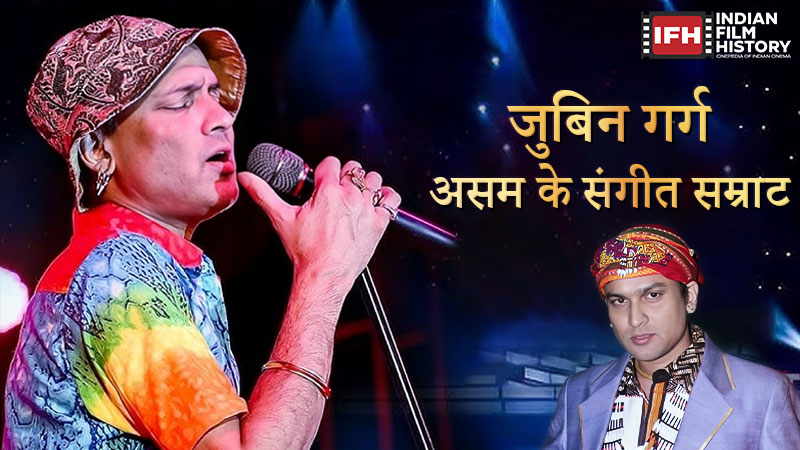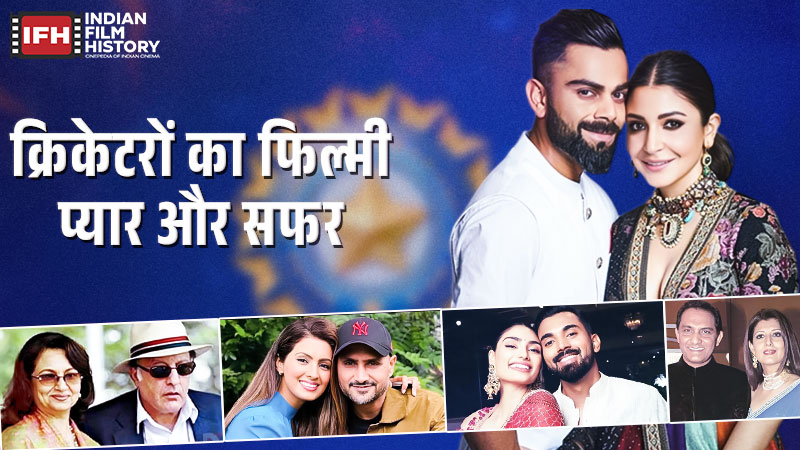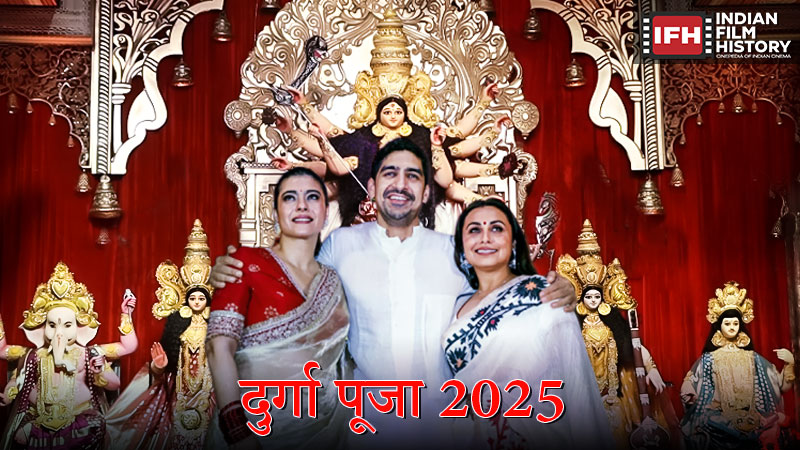How color changed the face of the film industry.
With the invention of sound in Indian Cinema, the film industry got a tremendous boost, and the business of the film industry escalated multifold. Elated at the enormous money generated due to sound cinema, filmmakers became desperate to invent color films in India. The first filmmaker who did the experimentation in color films was V.Shantaram. He shot the film Sairandhri (Marathi) in Multicolour in 1933 and got the film processed in Germany. However, on the film’s release, the audience rejected the film in its first week! The color was flashy and loud. Hence the film had to be released in black and white.
The failure of color in cinema disappointed filmmakers, and for a few years, nobody attempted to make a film in color. However, five years later, film Mogul Ardeshir Irani, who created a sensation with his first sound film Alam Ara, announced his film, Kisan Kanya, to be released in color. Irani bought the rights to Cinecolor from an American company and produced India’s first color film Kisan Kanya (1937). Though the color of the film was far superior to V. Shantaram’s film Sairandhri, the film’s content was weak. Hence the audience discarded the film.
The Rise Of Colours In Cinema
With the failure of two color films, filmmakers dropped the idea of color films and stuck to black and white films. But film directors kept toying with the idea to shoot color films. Thus in 1940, a new technology called ‘hand-tinted’ emerged. It was a tiresome and laborious task that involved human artists painting every frame of the positive print with their hands. Expert artists, who were masters in the art, did the job.
Since the art was laborious hence only a few spectacular scenes were painted in colors to make the film attractive and alive. The first film that used this technology was K. Subramanyam’s Tamil mythological Bhaktha Chetha (1940) and V. Shantaram’s hugely successful film Shakuntala (1943). In 1945, M.G. Ramachandran, starring in the Tamil film Saalivaahanan, also used a few hand-painted color scenes. Since hand-tint had limited artists and it was a time-consuming task, hence it did not thrive as an alternate for color films.
Finally, in 1952, India succeeded in achieving a perfect color film! The film was ’50s superstar Dilip Kumar’s Aan. Produced and directed by genius movie mogul Mehboob Khan, who had broken all box-office records with his stupendous film, Andaz (1949). Andaz had the unique combination of India’s three top stars—Dilip Kumar, Raj Kapoor, and Nargis! The film had excellent music by music giant Naushad. The film made a large amount of money.
Mehboob Khan: The Cinematic Visonary
After the hugely successful Andaz, Mehboob Khan wanted to stun the industry; he made India’s First color film Aan. To make sure the film was on par with Hollywood color film, hence Mehbood khan opted for Technicolor, the most costly color format to data! Film historians inform Mehboob Khan shot the film on the normal 16 mm Koda Chrome Reversal negative. Later, Khan blew-up the negatives to 35 mm release print after getting printed at the world’s best color lab, Technicolor Labs in London. The result was fantastic, and Aan was a box-office blockbuster!! Nevertheless, Sohrab Modi’s Jhansi Ki Rani, shot in Technicolor, failed at the box office.
And thus opened a floodgate for color films in India. The success of V. Shantaram’s Jhanak Jhanak Payal Baaje (1955) and Navrang (1959), Mehboob Khan’s Mother India (1957), Dilip Kumar’s Ganga Jumna, and Raj Kapoor’s Sangam encouraged filmmakers to make color films. However, every producer was not ready for Technicolor, as it was quite expensive! Ramesh Sippy, however, used Technicolor for Sholay (1975), as Sholay was a big-budget film.




Leave a Comment